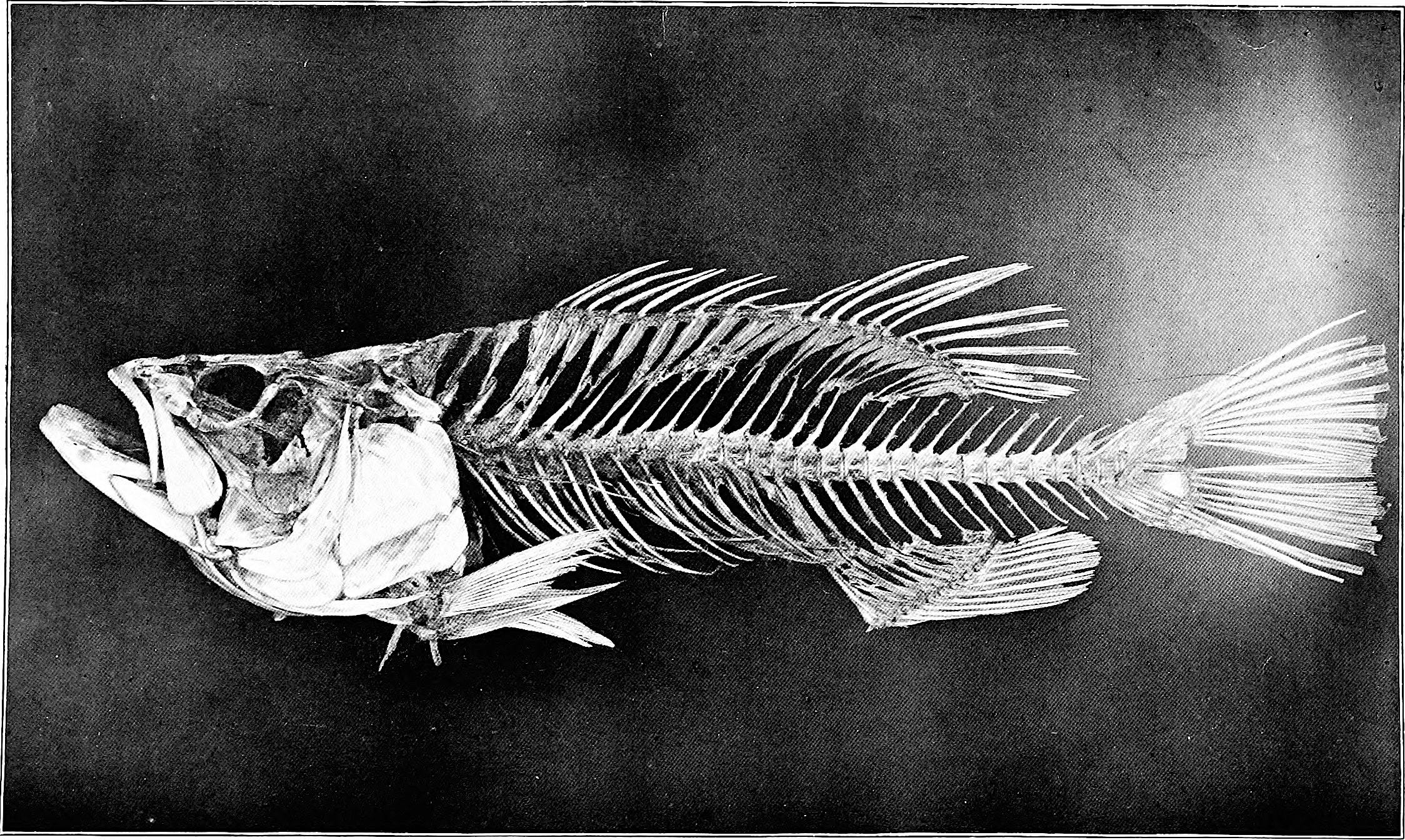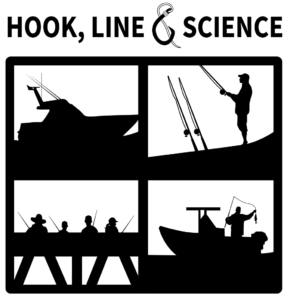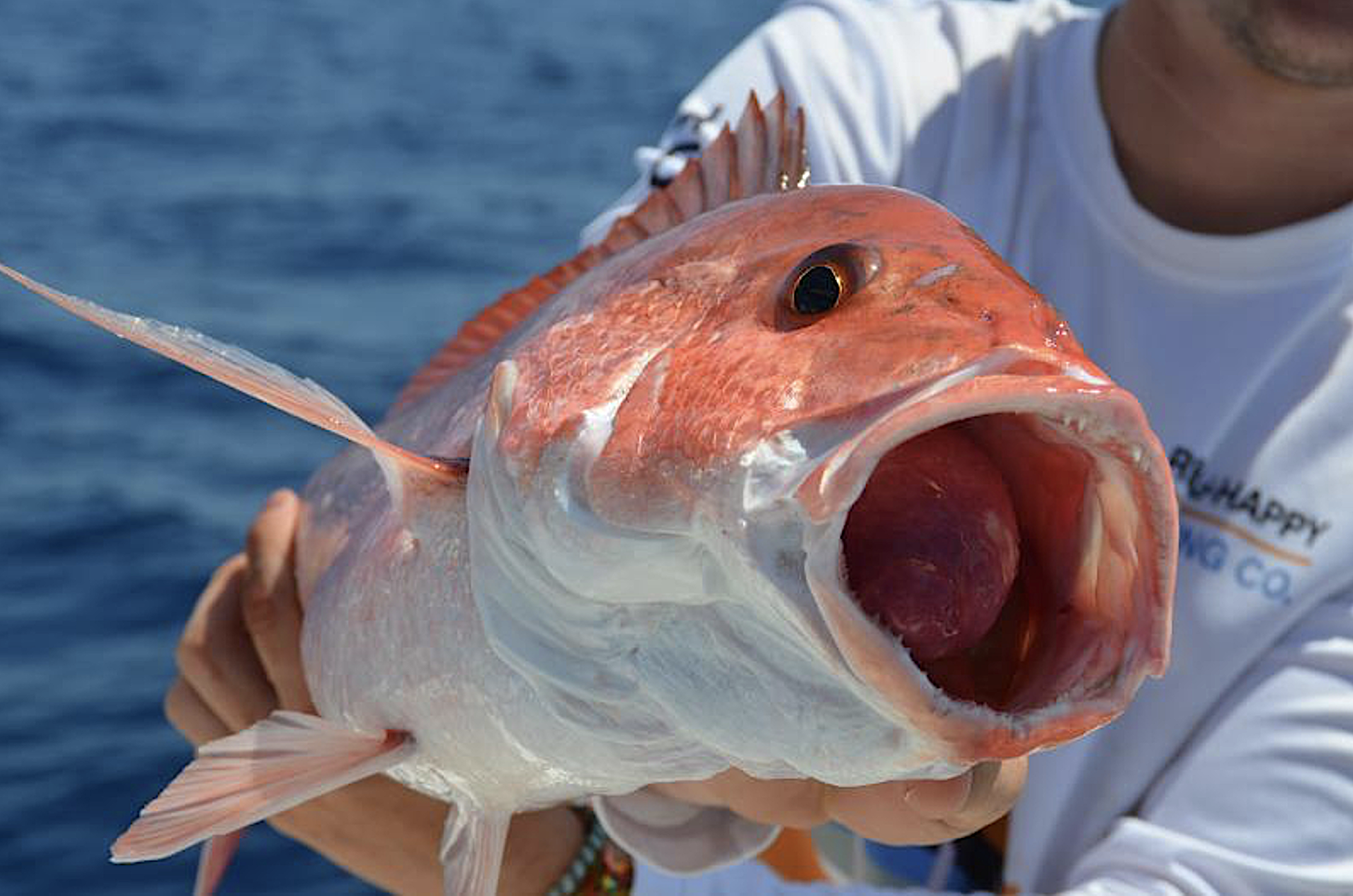Can fish bones protect us from the sun?

Researchers investigate a sustainable alternative to harmful UV-filters in sunscreens.
Research Need
Sunscreen shields us from harmful UV radiation, but some ingredients in traditional sunscreens are harmful to the environment and people.
You may have seen news articles about certain sunscreens causing coral bleaching or harm to marine life. The ingredient responsible for this damage is the UV-filter, the most harmful of which is thought to be zinc oxide nanoparticles.
But we need UV-filters to make effective sunscreens that keep us safe. Scientists have found a natural product with light filtering properties — and it happens to be a byproduct of fish bones.
The product is natural calcium phosphate, which can make up to 40% of fish bone weight. In total, the fisheries of the world create 125 megatons of fish byproduct every year, so there are massive amounts of this natural calcium phosphate that could be put to good use.
Outside of fisheries, calcium is found in water, soils, plants, and animals. Due to its light-filtering qualities and its natural place in the biosphere, this plentiful fishbone byproduct could be a sustainable alternative to harmful UV-filters.
But, does it have any toxic effects on marine life? And, overall, is it more sustainable than zinc oxide nanoparticles?
What did they study?
To test the sustainability of natural calcium phosphate, researchers took bones from a fish meal factory in Italy. After heating, grinding, and filtering the fish meal to extract the natural calcium phosphate, the researchers tested it to see if it had any harmful effects on marine life. They exposed four species, including a green algae and three species of tiny crustaceans, to the natural calcium phosphate.
Although the natural calcium phosphate is a byproduct, lots of energy goes into the heating, grinding, and filtering that makes it a useable ingredient for sunscreen. Researchers modelled each step of the process to evaluate the total environmental impacts associated with natural calcium phosphate. They compared this to a similar model for the production of zinc oxide.
What did they find?
The natural fishbone byproduct had no toxic effects on the four studied species. The tube-building species, a tiny crustacean (Corophium insidiosum), even built its tube with the natural calcium phosphate, which is a promising sign that this natural product can easily re-integrate into the biosphere. The natural calcium phosphate passed with flying colors in comparison to zinc oxide nanoparticles, which impacted growth, reproduction, and mortality of multiple test species.
Producing the natural calcium phosphate from fish bone byproduct is more sustainable than producing zinc oxide nanoparticles, reducing overall environmental impact.
Natural calcium phosphate did not beat zinc oxide on all levels of sustainability, though, because processing the byproduct emitted more greenhouse gas emissions than producing zinc oxide. Researchers are hopeful they can reduce energy costs, and the emissions associated, to make fishbone byproduct an even more sustainable alternative to current UV-filters.
Why care about these tiny marine organisms?
As primary producers, and bottom feeders, the test species used here are especially susceptible to nanoparticles, which are small enough to end up inside these tiny organisms.
Anything that ends up on the ocean floor will end up in them, and, in turn, every other critter in the ocean food web. So, a decline in the population of these tiny marine organisms could lead to declines further up the food chain, altering the entire ocean biosphere.
Less tiny organisms, less fish for us to eat.
Reading
Righi S, Prato E, Magnani G, Lama V, Biandolino F, Parlapiano I, Carella F, Iafisco M, Adamiano A. Calcium phosphates from fish bones in sunscreen: An LCA and toxicity study of an emerging material for circular economy. Sci Total Environ. 2023 Mar 1;862:160751. doi: 10.1016/j.scitotenv.2022.160751. Epub 2022 Dec 7. PMID: 36493829.
BY HANNE PARKS.
Lead photo: The skeleton of the black bass, courtesy of the Cornell University Library.
The text from Hook, Line & Science is available to reprint and republish at no cost, but only in its entirety and with this attribution: Hook, Line & Science, courtesy of Scott Baker and Sara Mirabilio, North Carolina Sea Grant.




